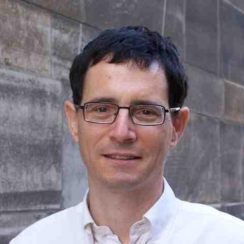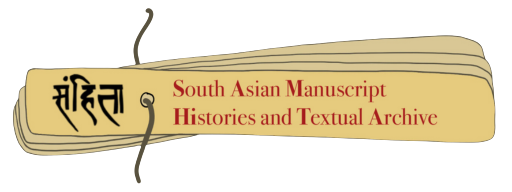People
Academic Advisors

Dominik Wujastyk
University of Alberta, Canada
SAMHiTA is an important step in enabling archives to encourage and support literary and humanistic scholarship.

Prof. Yigal Bronner
Department of Asian Studies The Hebrew University of Jerusalem
SAMHiTA is a unique and uniquely ambitious project. There is an untold number of Sanskrit manuscripts around the globe, many of them uncatalogued and hence under the scholarly radar. The idea of collecting metadata and, when possible, digital copies of all these manuscripts is hugely exciting, and it goes hand-in-hand with Pandit’s prosopographical efforts. Thus the collaboration between the two projects has, from the start, been spontaneous and natural, and it set an example for further such collaborations. I can definitely imagine a future where SAMHiTA outgrows its current, ambitious goals and becomes the hub connecting different DH projects dedicated tot the provenance of Indic manuscripts and India’s intellectual history writ large.
Technology Advisors

Martin Gluckman
Sanskrit Research Institute, Auroville
SAMHiTA is a really ambitious, and much needed project. Sanskrit has the largest corpus of texts in the world, and SRI extends all its support to an initiative that seeks to unify disparate efforts in a presentable form for the public and scholars.

Kumar Saurabh
Founder Labify.in
Interoperability frameworks are enabling seamless data exchange and collaboration between diverse systems. SAMHiTA has implemented IIIF which allows institutions and researchers to access a vast network of digitized manuscripts globally, fostering collaborative research, cultural preservation, and enriched educational experiences.
This empowers users of SAMHiTA to view, compare, and analyze manuscripts, regardless of their source repository. This not only enhances scholarly pursuits but also ensures the long-term accessibility of these invaluable cultural artifacts. SAHMiTA serves as a benchmark for the harmonious exchange and display of our shared cultural heritage.

